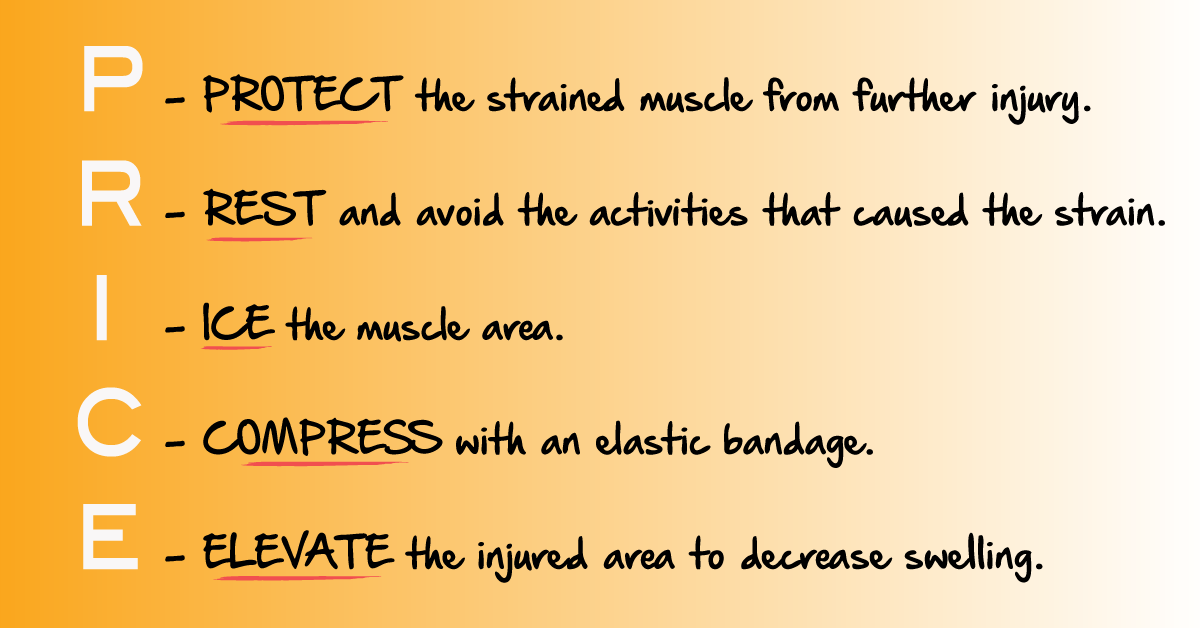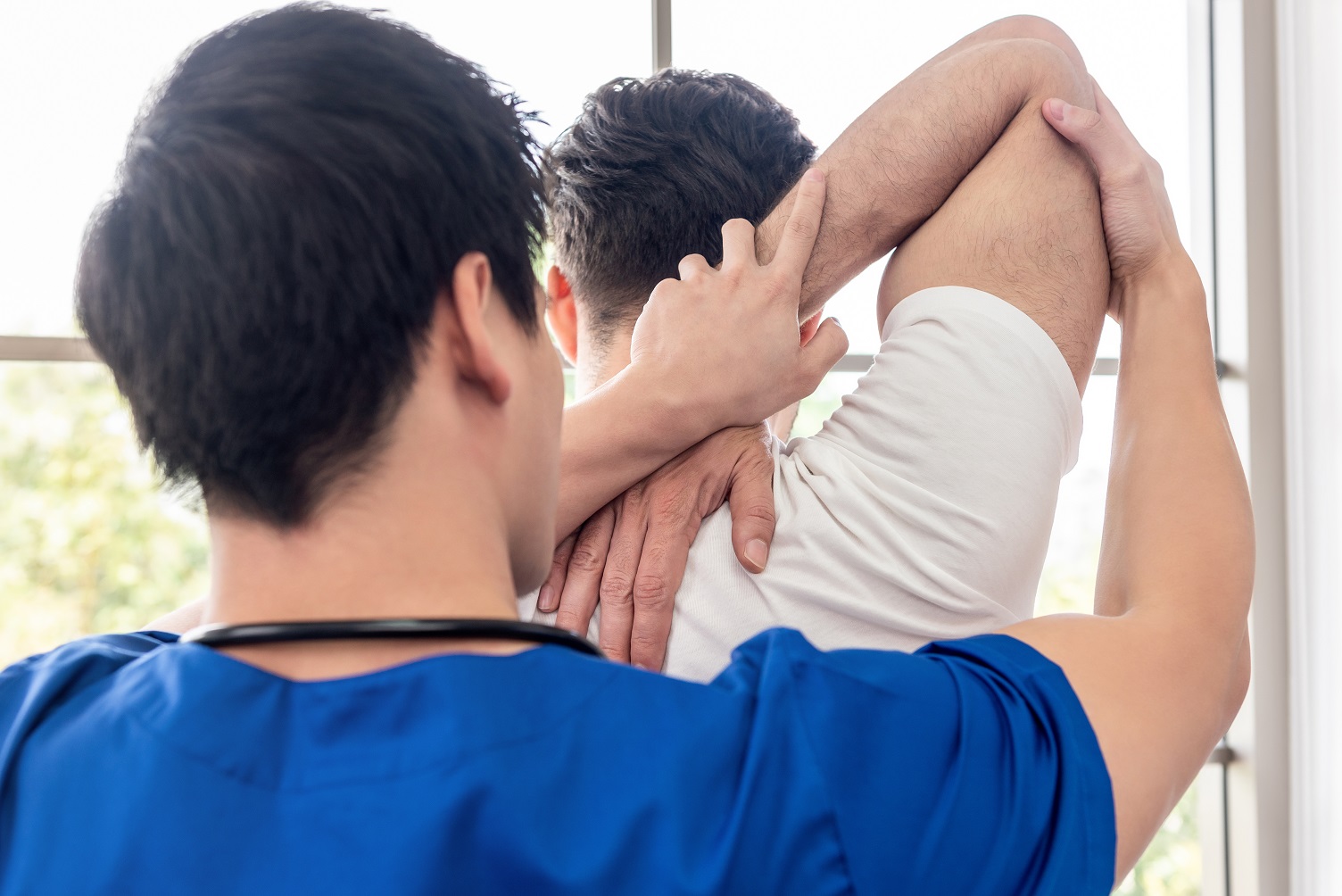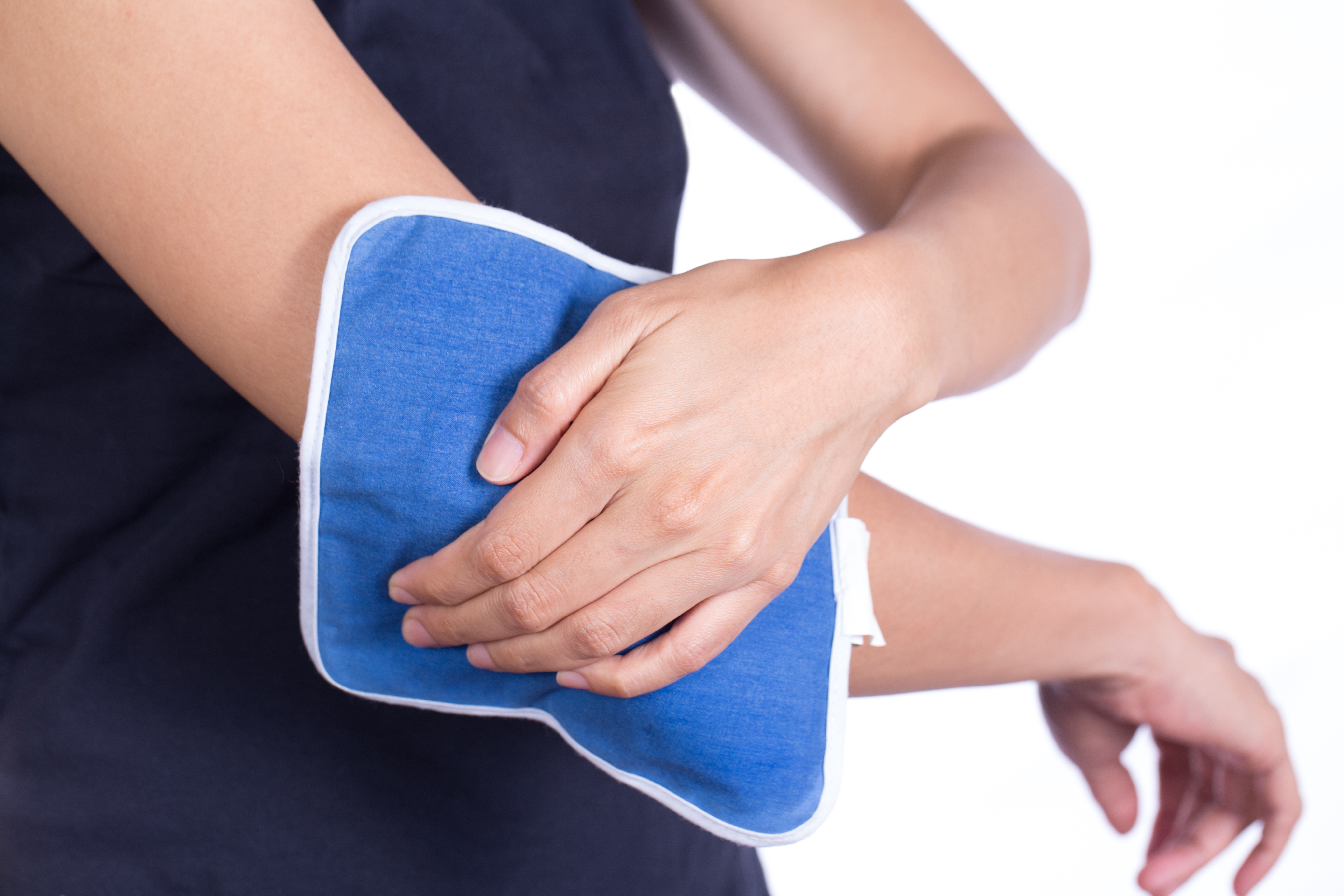
Category
Health & SafetyCreation date
Muscle Strains can happen to anyone. They occur in the course of normal activities of the day or as a result of sudden use of a muscle with activity. Why do they happen, how can we treat them, and can we prevent them?
HOW MUSCLE STRAINS HAPPEN
Activities that can increase the risk of muscle strain include physical activity at work, with sudden acceleration or deceleration, throwing, quick and/or heavy lifting, sudden coughing, or injury of muscle while performing irregular work tasks.
It is possible to strain any muscle that moves bones. Commonly strained muscles include:
- the lumbar muscles,
- hamstring muscles of the posterior thigh,
- abdominal muscles,
- biceps muscles,
- triceps muscles,
- adductor muscles,
- quadriceps muscles of the thigh,
- triceps muscles,
- calf muscles,
- upper back muscles including trapezius and rhomboid muscles,
- neck muscles,
- intercostal muscles and oblique muscles of the chest.
TREATING MUSCLE STRAINS
Muscle strain typically involves varying degrees of injury to tiny blood vessels. The effects of swelling or local bleeding into the muscle can best be managed early on by applying ice packs to close the blood vessels and maintaining the strained muscle in a relaxed, stretched position.
Heat can be applied to further relax the muscle when the swelling has lessened (in general, about 12-24 hours after the initial strain). However, the early application of heat can increase swelling and pain. Note: Ice or heat should not be applied to bare skin! Always use a protective covering such as a towel between the ice or heat and the skin.
Take nonsteroidal anti-inflammatory agents (NSAIDs) such as aspirin (Bufferin, Ecotrin) and ibuprofen (Advil) to reduce the pain and to improve one's ability to move around. However, do not use aspirin in children with muscle strains.
- Protect, Rest, Ice, Compress, Elevate (known as the PRICE formula) is used for Muscle Strain Treatment. Here's how the treatment works: First, remove all constrictive clothing, including jewelry, in the area of muscle strain and then...

Protect the strained muscle from further injury.
Rest the strained muscle. Avoid the activities that caused the strain and any activities that are painful.
Ice the muscle area (20 minutes every hour while awake). Ice is a very effective anti-inflammatory and pain-relieving agent. Small ice packs, such as packages of frozen vegetables or water frozen in foam coffee cups, applied to the area may help decrease inflammation.
Compression can be a gently applied with an Ace or other elastic bandage, which can provide both support and decrease swelling. Do not wrap tightly.
Elevate the injured area to decrease swelling. Prop up a strained leg muscle while sitting, for example.
Activities that increase muscle pain or work the affected body part are not recommended until the pain has significantly gone away.
PREVENTING MUSCLE STRAINS
Not all muscle strains can be prevented, but the chance for them to develop may be reduced by the following:
- Avoid injury by daily stretching.
-
Stretch every time before exercise.
- Establish a warm-up routine prior to engaging in strenuous exercise.
- Start an exercise program in consultation with a doctor.
At Tradebe, our priorities are safety and the protection of people and the environment. Safety is a common “water cooler” topic here at Tradebe where a culture of Safety is Top Priority. If Safety is important to your business, catch the latest buzz: Subscribe Now…
Resources:
Subscribe to Tradebe Safety Blog, news and more...
https://www.niams.nih.gov/health-topics/sprains-and-strains
https://www.sports-health.com/treatment/price-protocol-principles
“Be Safe - Work Safe. Safety is No Accident!”
Jeremy Paradis, Director of Health & Safety, Tradebe USA
#HealthandSafety #MuscleStrains #PRICETreatment #BeSafeWorkSafe #SafetyisNoAccident


